The Islamic Republic of Iran recently celebrated the 40th anniversary of the Islamic Revolution, a revolution which turned an American ally to an American enemy.
Some still try to analyze the reasons why Iranian students attacked the US embassy at the beginning during the revolution and created a dispute which not only led to a cut off in relations between Iran and US but also created 40 years of non-ending enmity between the two countries.
Though this has since even become a debate inside Iran, after what Venezuela, Ukraine and other countries have faced due to US interference, many believe that the attack on the embassy was justified, and may have prevented a coup attempt against the newly born revolutionary state.
Documents students were able to restore from the embassy attack also proved that the Americans were trying to find a way to make connections in the newly established government and ensure that Iran would continue to follow American policies or encourage the Army to stage a coup if they didn’t.
General Robert E. Huyser was even sent to Tehran in 1979 to fulfill a vague plan by Washington. According to the Americans, he attempted to stabilize Iran during the turbulent early stages of the Islamic revolution. While the option of a pro-Shah military coup was still a possibility, Huyser met with military leaders (but not the Shah) and established meetings between them and allies of Imam Khomeini to come to an agreement regarding Shahpour Bakhtiar’s transitional government. Shortly afterward, the Shah left Iran in exile and the Islamic Revolution took over the country.
Shahpour Bakhtiar was a member of the “National Front of Iran”, the political group founded by Mohammad Mossadegh in 1949. Mohammad Mossadegh was Iran’s popular prime minister between 1951 and 1953 when his government was overthrown by a coup d’état plotted by the American Central Intelligence Agency (CIA) and British MI6.
In February 1979 when the Islamic Revolution announced its victory, the first concern was whether the Americans would attempt to strangle the nascent revolution in its cradle.
Americans knew that Mohammad Reza Pahlavi, the former Iranian Shah, was facing cancer and will die sooner or later, therefore they were not counting on him but rather the crown prince.
At that time the left wing of the revolution, especially the socialists, were in control of the streets and Iran was witnessing street fights between different groups contending for power.
The Army was trying to keep itself away from the political debates but was still a source of power which couldn’t be ignored.
Though most of the high ranking generals of the Army swore loyalty to the revolution and many others were executed or fled the country, the fear of American influence on the Army was always there.
The country was out of control with many of those fighting being sponsored by outside forces. Everyone accused American Intelligence Services of sponsoring different groups to create chaos in the streets and open space for the Army to interfere.
Near the end of the fighting, some college students who called themselves the “Muslim Student Followers of the Imam’s Line” decided that the Iranian government officials didn’t have the guts to make a revolutionary move and but they did, and they decided that they should attack the US embassy and cut the head of the snake which was creating so much chaos in the country.
Though there is much dispute on whether Imam Khomeini knew about the student’s decision or not, the students claimed that they got permission from him for the attack.
Permitted or not, after the students took over the US embassy in Tehran and took Fifty Two American diplomats hostage, Imam Khomeini supported the seizure of the embassy and considered the hostages to be spies.
His stand helped to strengthen the power of the theocrats who opposed the normalization of relations with the US.
The American hostage crisis took 444 days to be solved and resulted in a huge loss for democratic president Jimmy Carter.
Just minutes after Ronald Reagan was sworn into office in 1981, the Iranians released American hostages according to an agreement called the Algiers Accord which was the first agreement signed between Iran and US after the revolution, and Iranians hoped that Americans would abide by the agreement they signed.
Some of the provisions of the agreement were:
- The US would not intervene politically or militarily in Iranian internal affairs.
- The US would remove the freeze on Iranian assets and trade sanctions.
- Both countries would end litigation between their respective governments and citizens, referring them instead to international arbitration, namely to the Iran–United States Claims Tribunal, created as a result of the agreement;
- The US would ensure that court decisions regarding the transfer of any property of the former Shah would be independent of “sovereign immunity principles” and would be enforced.
- Iranian debts to US institutions would be paid.
Though at the beginning the students who took over the US embassy demanded that Americans deliver the Shah himself, the accord shows that the Iranians had other more important concerns.
Any reader who follows the news knows that the US never implemented any of these commitments which could have solved many disputes between Iran and the US. Instead, Washington continued its enmity against the Iranian people by implementing economic sanctions against them and destroying all other agreements such as the JCPOA.
That is why those who made this move claim that if it wasn’t for their actions, the revolution wouldn’t have lasted forty years. This is also why many feel there is no reason for Iran to sit on any negotiation table with the US, as history proves time and time again that Americans don’t keep their agreements.







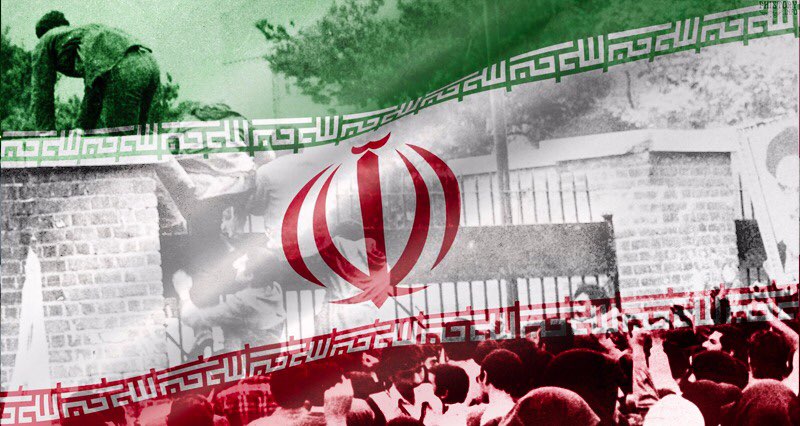

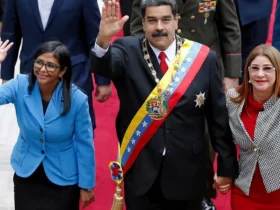
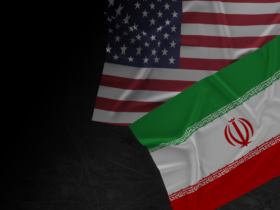
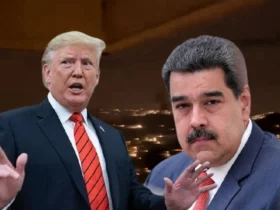
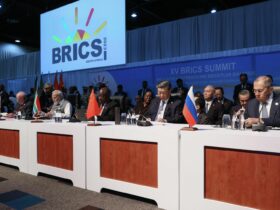


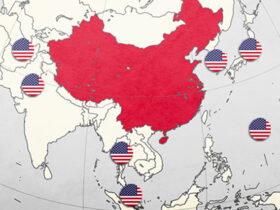

Leave a Reply